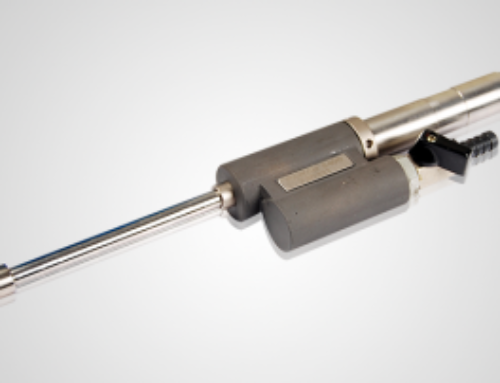A yarn splicer is a simple instrument that is used to join two ends of yarn. The joining of yarn ends is important process in textile manufacturing as it determines the quality of fabric manufactured as the finished product.
What is the application of a Yarn Splicer
A typical pneumatic yarn splicer joins two ends of yarn by twisting, wrapping and intermingling of the fibres of which the yarn is made.
Industrial yarn splicers are supposed to produce knot free yarns that are used as raw material in the weaving industry. For large volume productions, quality of splicer determines quality of yarn, productivity and cost saving.
During winding process, the yarn is inspected for defects by yarn clearer and then the defected yarn is cut and removed. The cut ends of yarn are then spliced together to form one continuous yarn filament.
What makes a good Yarn Splicer
A good yarn splicer is the one which works with highest level of precision along with being highly productive.
A pneumatic yarn splicer untwists the yarn by creating air turbulence inside the chamber. This produces a wedge shape by removing some fibres from the yarn. The splicer then releases compressed air into the chamber to twist and, thus, join the two broken ends of yarn.
There are mainly two forms of pneumatic splicing of yarn:
Ends Opposed Splicing – The yarn ends are introduced from two opposite ends of the chamber and high compressed air untwists yarn and then joins the two broken yarn ends. The spliced yarn is asymmetrical and but superior in appearance.
Ends Together Splicing – The yarn ends are introduced into the chamber from the same end, hence the name- end together splicing. The resultant yarn is symmetrical but inferior in appearance.
Still the end opposed splicing process is preferred in some specific applications where speed and symmetry are more significant.
A pneumatic yarn splicer is said to be productive and cost efficient when it consumes less compressed air and produces more splices.
| The quality of spliced yarn is checked by using below formulae – |
| Retained splice strength(%) = (Strength in spliced yarn / Strength in original yarn) x 100
Splice breaking ratio = No. of breaks in splice zone (+/- 1cm) / Total number of tests |
| Good splicing performance is represented by higher retained splice strength and lower splice breaking ratio. |
Hand Held/Stand Alone Yarn Splicers
A portable hand-held yarn splicer is adapted to be carried and operated by one hand of an operator while freeing the other hand to perform pre and post splicing activities.
Why Phoenix
The Pawan Bandh brand of stand-alone or hand held splicers produced by Phoenix Engineering offers precision, efficiency and productivity in producing superior quality yarn and fabric.
The wide range of pneumatic yarn splicers produced by Phoenix Engineering is part of many other textile accessories and components produced. Products are manufactured under strict tolerances from the best possible materials and most advanced processes or machines. About 60% of Phoenix products are delivered within a very short period of time.
Phoenix Engineering’s client base of more than 600 stand by Quality, Timely Delivery, Innovation and Strong Marketing and Technical Support. More than 2 million parts are already being exported to OEM client from Europe.
Quality & innovation are the motto of the company and the entire Phoenix team is committed to work towards customer delight.






